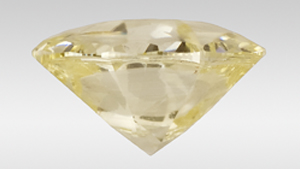
The New York lab recently examined several diamonds with an interesting variation on the cabochon.
Read More
Describes the occurrence of iridescence, and the role of differential etching, in quartz crystals from India’s Jalgaon District.
Read More
A study of these pearls to characterize their distinctive flame structure and examine the possibility of rotation during their formation or growth.
Read More
A dramatic color change is observed in a hackmanite sample with an apatite inclusion.
Read More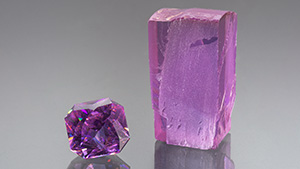
A report on the striking color-change behavior of the first faceted synthetic wakefieldite seen at GIA.
Read More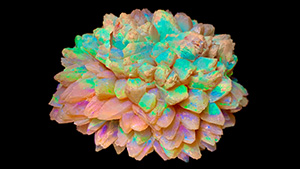
One of the finest specimens of double pseudomorph ikaite-calcite-opal ever unearthed was on display at the Pueblo Gem & Mineral Show.
Read More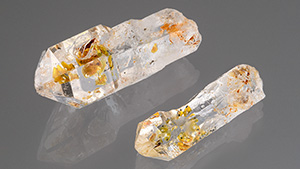
Examination of quartz from a new source in Madagascar reveals complex fluid inclusions consisting of petroleum, methane, asphaltite, and water.
Read More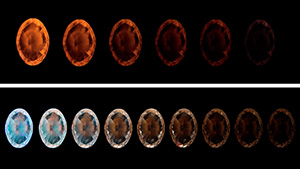
Study of phosphorescence produced from visible light suggests future difficulty in accurately assessing bodycolor of HPHT-grown diamonds.
Read More
A 586.43 ct cat’s-eye aquamarine is donated to the Smithsonian National Museum of Natural History.
Read More
Presents a method for accurately predicting the color of a gem material when viewed in any direction as long as the polarized spectra and the viewing angle relative to the c-axis are known.
Read More